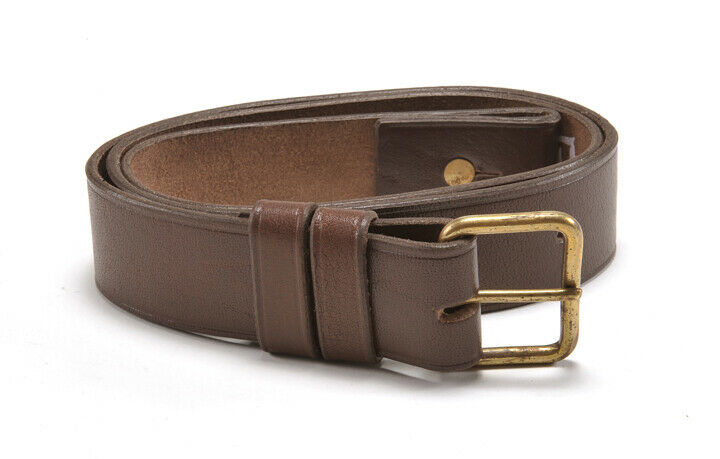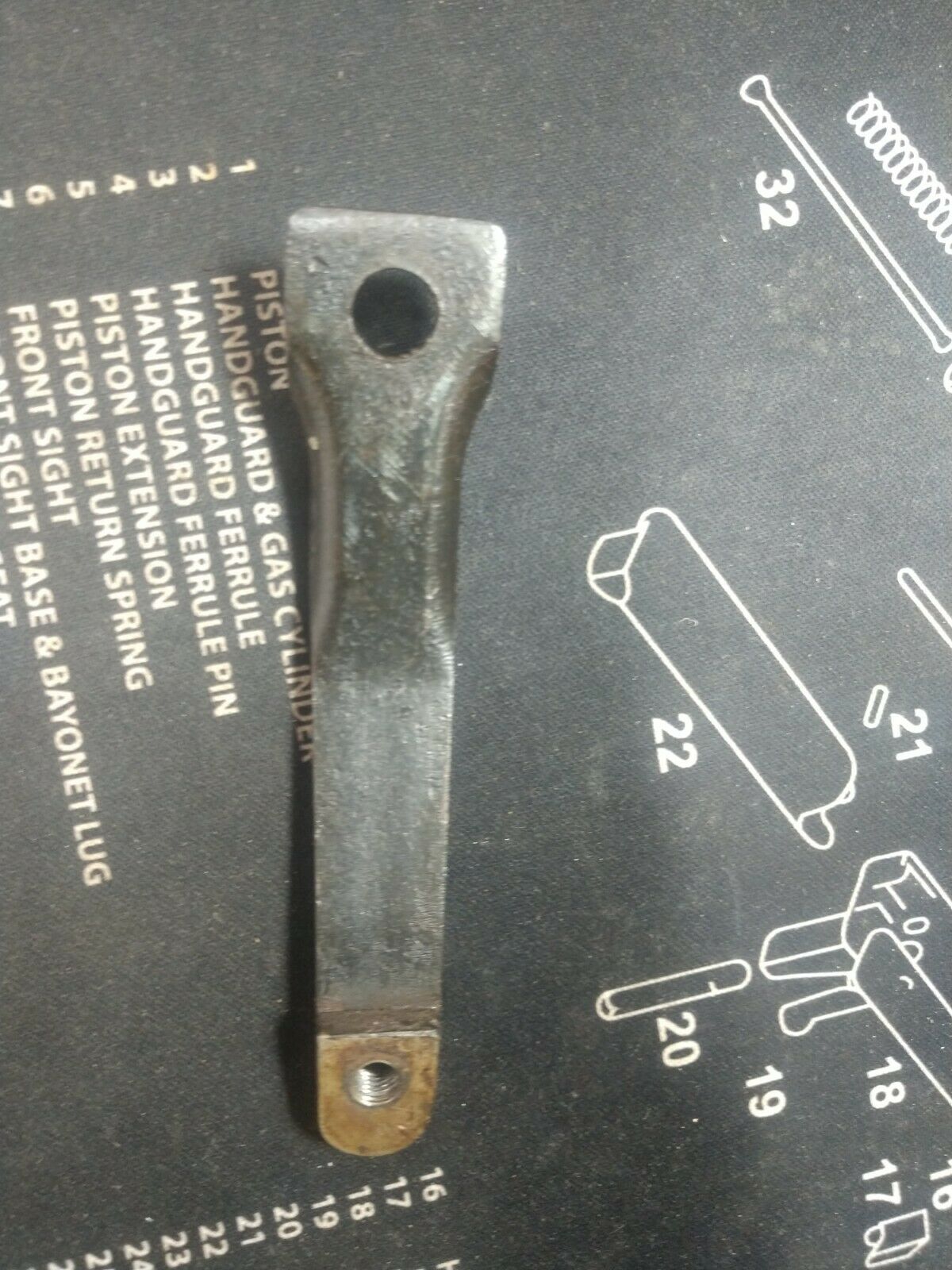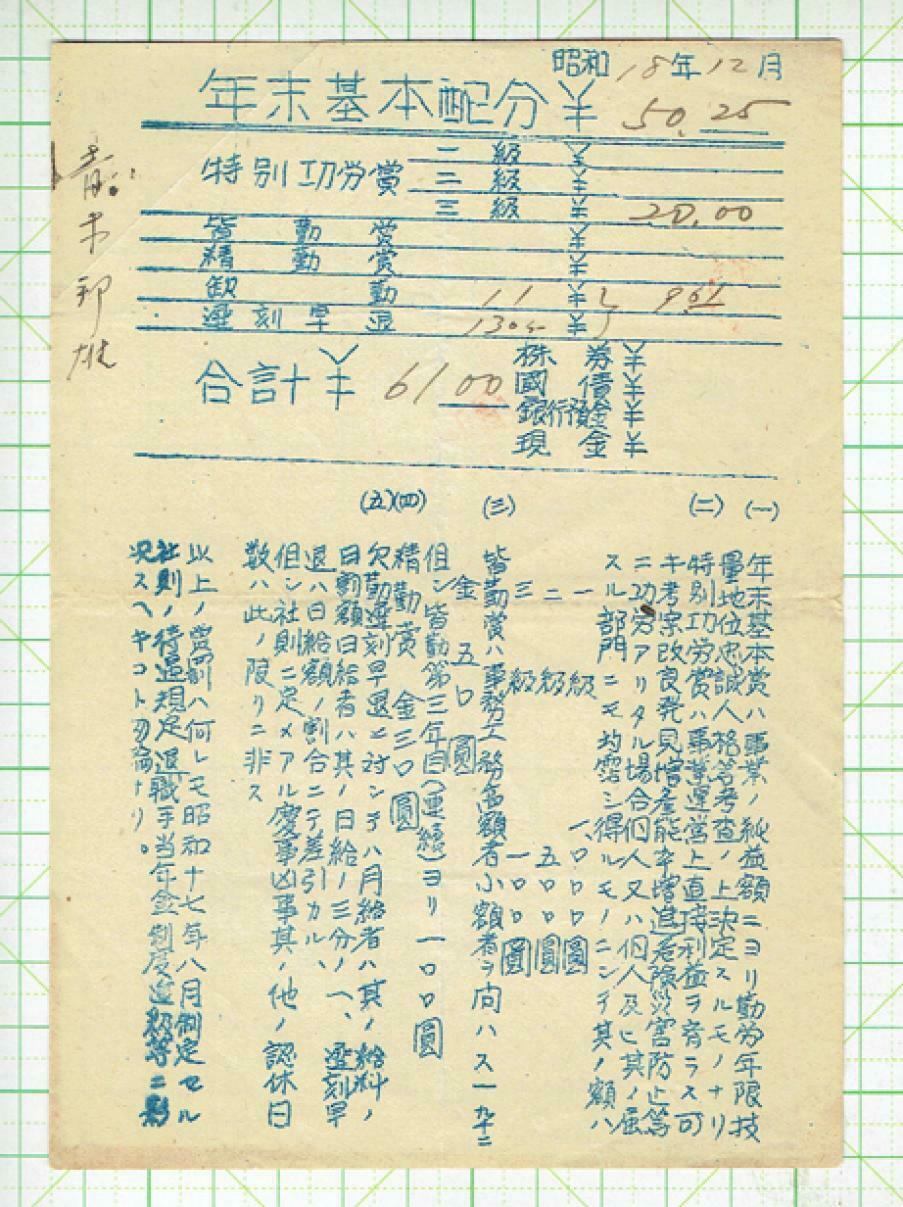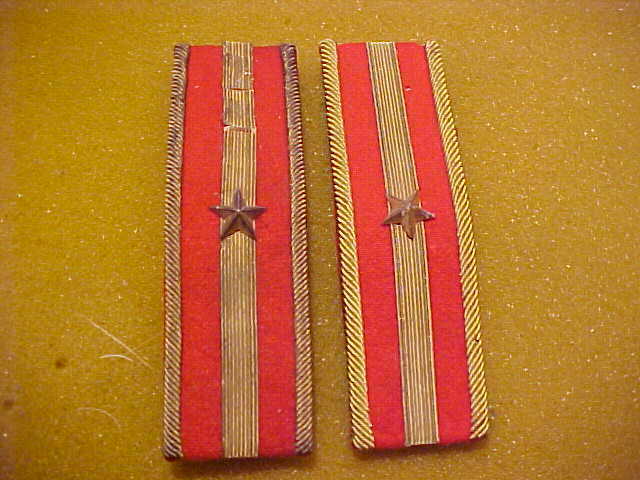-40%
1943 JAPANESE SWITCH PNEUMATIC TOOL KEY JAPAN WWII NAGURA ROBOTIC CONTROL MUSEUM
$ 1025.9
- Description
- Size Guide
Description
SquareTrade © AP6.01943 VINTAGE JAPANESE SWITCH TOOL KEY JAPAN WWII NAGURA
GREETINGS, FEEL FREE
TO
"
SHOP NAKED
."
©
We deal in items we believe others will enjoy and want to purchase.
We are not experts.
We welcome any comments, questions, or concerns.
WE ARE TARGETING A GLOBAL MARKET PLACE.
Thanks in advance for your 5 STAR patronage.
Please Be sure to add WDG&Be to your
favorites list
!
NOW FOR YOUR VIEWING PLEASURE…
A PECULIAR ITEM HERE.
THIS PNUEMATIC SWITCH / KNOB / GEAR IS A PRESSED COMPOSITE MATERIAL SIMILAR TO BAKELITE
CIRCA 1943
AN OLD INDUSTRIAL ADVANCEMENT DURING WAR TIME. LIKE A SHIFT FOR A ROBOTIC ARM. DEVICE HAS TWO CHAMBERS FOR AIR INTAKE AND OUT FLOW. A ROBOT TYPE BUTTON KNOB THAT ALLOWS FOR MOVEMENT. THE MANUFACTURER LABEL IS WRITTEN ON METAL IN JAPANESE AND WAS TRANSLATED TO ME BY AN INTERNATIONAL CUSTOMER.
THANKS KYOKO!
"
MOVING ELECTRIC KEY
TYPE 2-1
WEIGHT .04 KG
PRODUCED AT SHOWA
18TH - (1943), MARCH
INNER LINE PICTURE
MADE BY
NAGURA ELECTRIC COMPANY LTD
"
VERY OBSCURE COLECTIBLE
FOR THE GEAR HEADS IN OUR OUTFIT
MILITARIA / MILITARY ESPIONAGE, RESEARCH AND DEVELOPMENT.
WHERE WILL YOU FIND ANOTHER.
--------------
-------------
FYI
Japan is an island country in East Asia. Located in the Pacific Ocean, it lies to the east of China, Korea and Russia, stretching from the Sea of Okhotsk in the north to the East China Sea in the south. The characters that make up Japan's name literally mean "sun-origin", which is why Japan is sometimes referred to as the "Land of the Rising Sun." Its capital and largest city, with a population of over twelve and a half million, is Tokyo.
Japan comprises over 3,000 islands, the largest of which are Honshu, Hokkaido, Kyushu and Shikoku. Most of the islands are mountainous, and many are volcanic, including Japan’s highest peak, Mount Fuji. Japan has the world's tenth largest population, with about 128 million people. The Greater Tokyo Area, which includes Tokyo and several surrounding prefectures, is the largest metropolitan area in the world, with over 30 million residents.
Archaeological research indicates that people were living on the islands of Japan as early as the upper paleolithic period. The first written mention of Japan begins with brief appearances in Chinese history texts from the 1st century AD. Influence from the outside world followed by long periods of isolation characterize Japan's history. Thus, its culture today is a mixture of outside influences and internal developments. Since adopting its constitution on May 3, 1947, Japan has maintained a unitary constitutional monarchy with an emperor and an elected parliament, the Diet, which is one of the oldest legislative bodies in Asia.
Japan is an economic great power with the world's second largest economy (by nominal GDP). It is also the world's largest international creditor and the sixth largest exporter and importer and a member of the United Nations, G8, and APEC.
Modern Japan
Commodore Matthew Perry and the "Black Ships" of the United States Navy forced the opening of Japan to the West with the Convention of Kanagawa. The Boshin War of 1867-1868 led to the resignation of the shogunate, and the Meiji Restoration established a government centered around the emperor. Japan adopted numerous Western institutions, including a modern government, legal system, and military. A parliamentary system modeled after the British parliament was introduced, with Ito Hirobumi as the first Prime Minister in 1882.
The Meiji era reforms helped transform the Empire of Japan into a world power that embarked on a number of military conflicts to increase access to natural resources, with victories in the First Sino-Japanese War (1894-1895) and the Russo-Japanese War (1904-1905), which was the first time that an Asian country defeated an European imperial power. By the end of 1910, Japan controlled Korea and the southern half of Sakhalin.
The early 20th century saw a brief period of "Taisho democracy" overshadowed by the rise of Japanese expansionism and militarization. World War I enabled Japan, which joined the side of the victorious Allies, to expand its influence and territorial holdings. Japan continued its expansionist policy by occupying Manchuria in 1931. In 1936, Japan signed the Anti-Comintern Pact with Nazi Germany, later joining the Axis Powers in 1941.
In 1937, Japan invaded other parts of China, starting the Second Sino-Japanese War (1937-1945). As a result of its aggression, the United States placed an oil embargo on Japan. On December 7, 1941, Japan attacked the United States naval base in Pearl Harbor and declared war on the United States, the United Kingdom and the Netherlands. This brought the United States into the Pacific Theatre of World War II, having entered the European Theatre when Germany declared war.
During the course of the Pacific War, Japanese forces in occupied territory were neutralized. Strategic bombing of major cities like Tokyo and Osaka killed thousands of civilians. After the atomic bombings of Hiroshima and Nagasaki in 1945, Japan agreed to an unconditional surrender. The Japanese Instrument of Surrender was signed on September 2, 1945 (V-J Day). The International Military Tribunal for the Far East (on May 3, 1946) was convened to prosecute Japanese leaders for crimes against peace and humanity. Emperor Hirohito received immunity from prosecution and retained his position as emperor.
The war cost Japan millions of lives and left much of the country's industry and infrastructure destroyed. In 1947, Japan adopted a new pacifist constitution, seeking international cooperation and emphasizing human rights and democratic practices. Official American occupation lasted until 1952 and Japan was granted membership in the United Nations in 1956. Under a program of aggressive industrial development and with US assistance, Japan achieved spectacular growth to become the second largest economy in the world, with a growth rate averaging 10% for four decades. This ended in the late 1990s when Japan suffered a major recession from which it has since been slowly recovering.
Japan is a leading nation in the fields of scientific research, technology, machinery, and medical research with the world's third largest budget for research and development at 0 billion, after the United States and China with over 677,000 researchers.
Some of Japan's more important technological contributions are found in the fields of electronics, machinery, industrial robotics, optics, chemicals, semiconductors and metals. Japan leads the world in robotics, having produced QRIO, ASIMO, and Aibo, and possesses more than half (402,200 of 742,500) of the world's industrial robots used for manufacturing. It is also home to six of the world's 15 largest automobile manufacturers and is home to seven of the world 20 largest semiconductor sales leaders.
Japan has also made headway into aerospace research and space exploration. On October 1, 2003, three organizations were merged to form the new Japan Aerospace Exploration Agency (JAXA): Japan's Institute of Space and Astronautical Science (or ISAS), the National Aerospace Laboratory of Japan (NAL), and Japan's National Space Development Agency (NASDA).Before the merger, ISAS was responsible for space and planetary research, while NAL was focused on aviation research. NASDA, which was founded on October 1, 1969, had developed rockets, satellites, and also built the Japanese Experiment Module, which is slated to be launched and added to the International Space Station during Space Shuttle assembly flights in 2007 and 2008.
(PICTURE FOR DISPLAY ONLY)
--------------------------------
Thanks for choosing this auction. You may email for alternate payment arrangements. We combine shipping. Please pay promptly after the auction. The item will be shipped upon receipt of funds. WE ARE GOING GREEN, SO WE DO SOMETIMES USE CLEAN RECYCLED MATERIALS TO SHIP.
Please leave feedback when you have received the item and are satisfied. Please respond when you have received the item.
*****
5*'s
*****
If you were pleased with this transaction, please respond with all 5 stars! If you are not pleased, let us know via e-mail. Our goal is for 5-star service. We want you to be a satisfied, return customer.
Please express any concerns or questions. More pictures are available upon request. The winning bid will incur the cost of S/H INSURED FEDEX OR USPS. See rate calculator or email FOR ESTIMATE. International Bidders are Welcome but be mindful if your country is excluded from safe shipping.
Thanks for perusing
THIS
and
ALL
our auctions.
Please Check out our
other items
!
WE like the curious and odd.
BUY, BYE!!
Track Page Views With
Auctiva's FREE Counter










